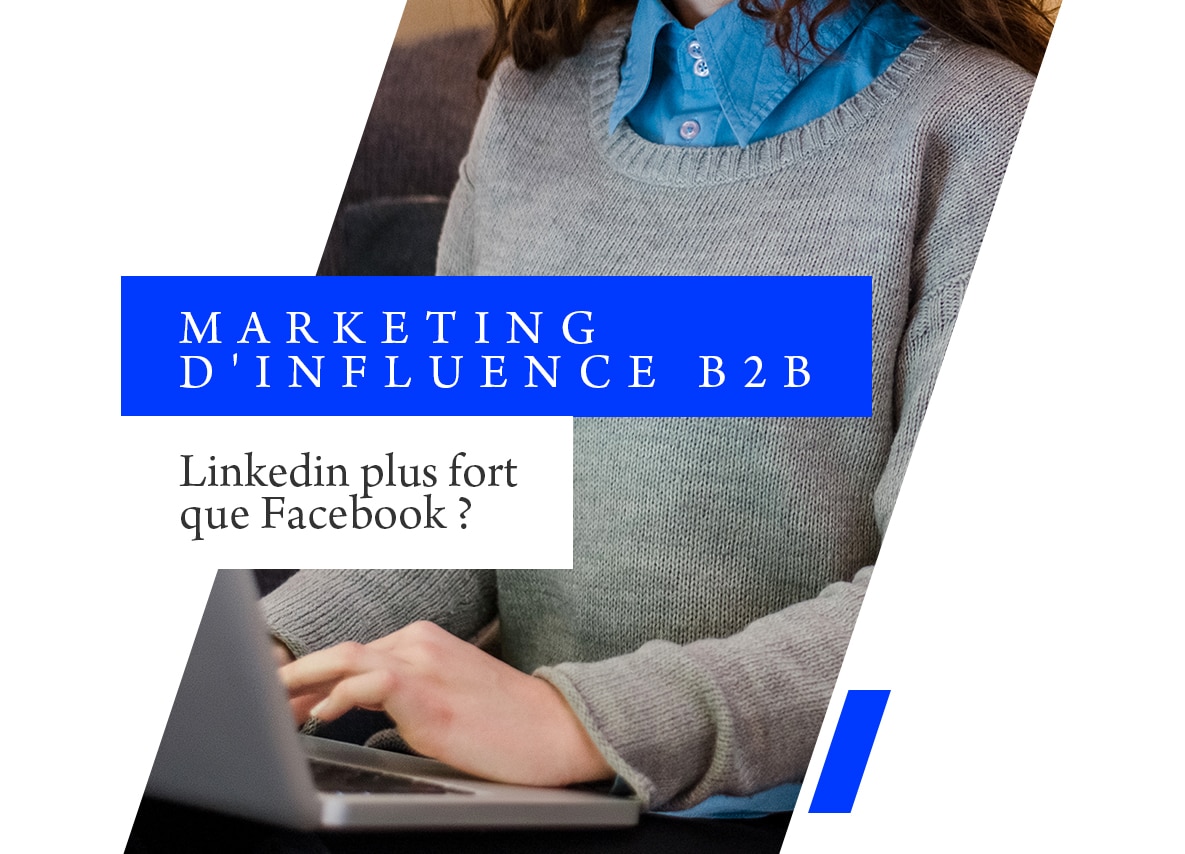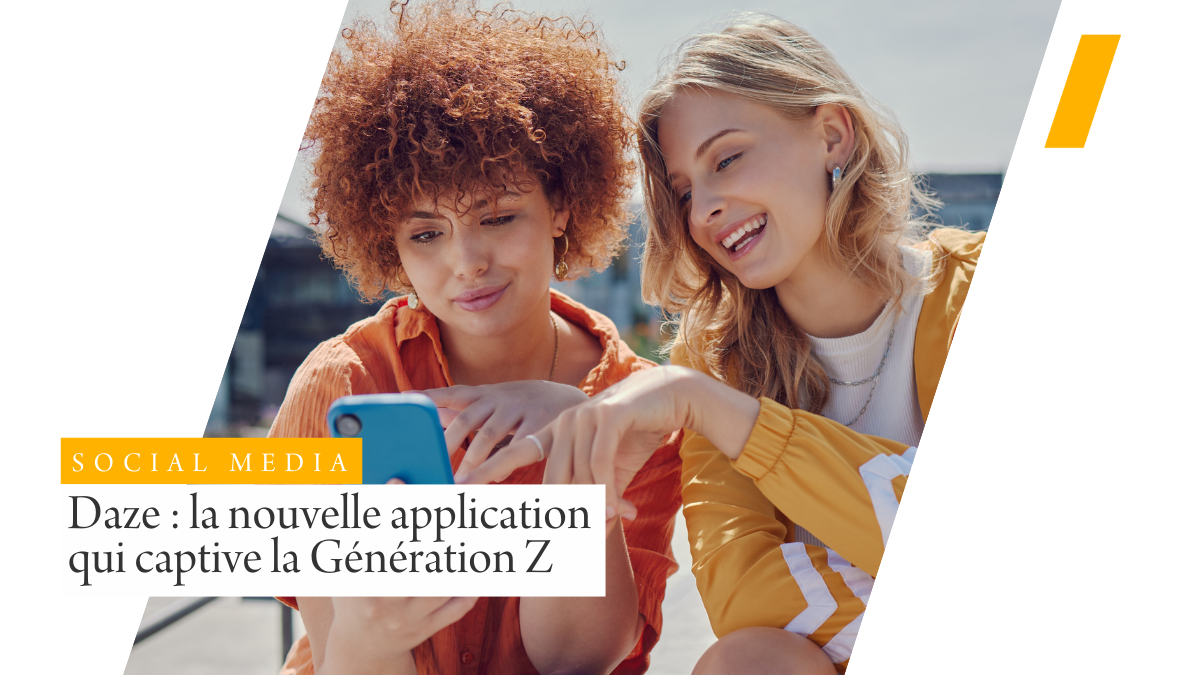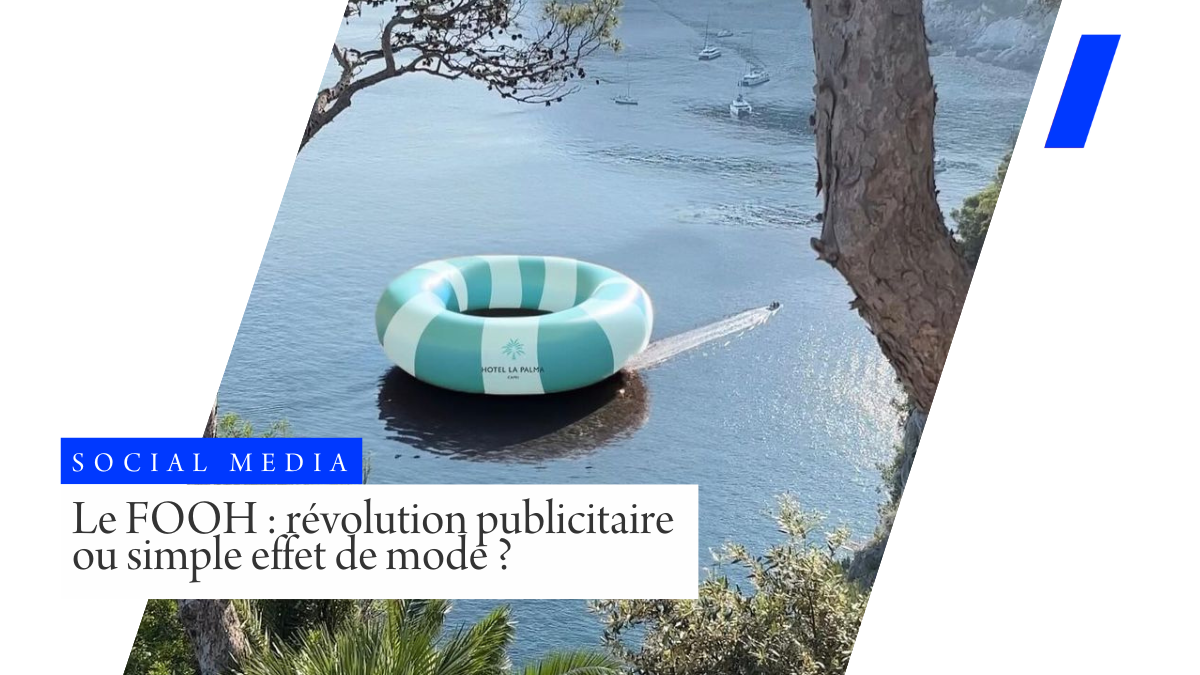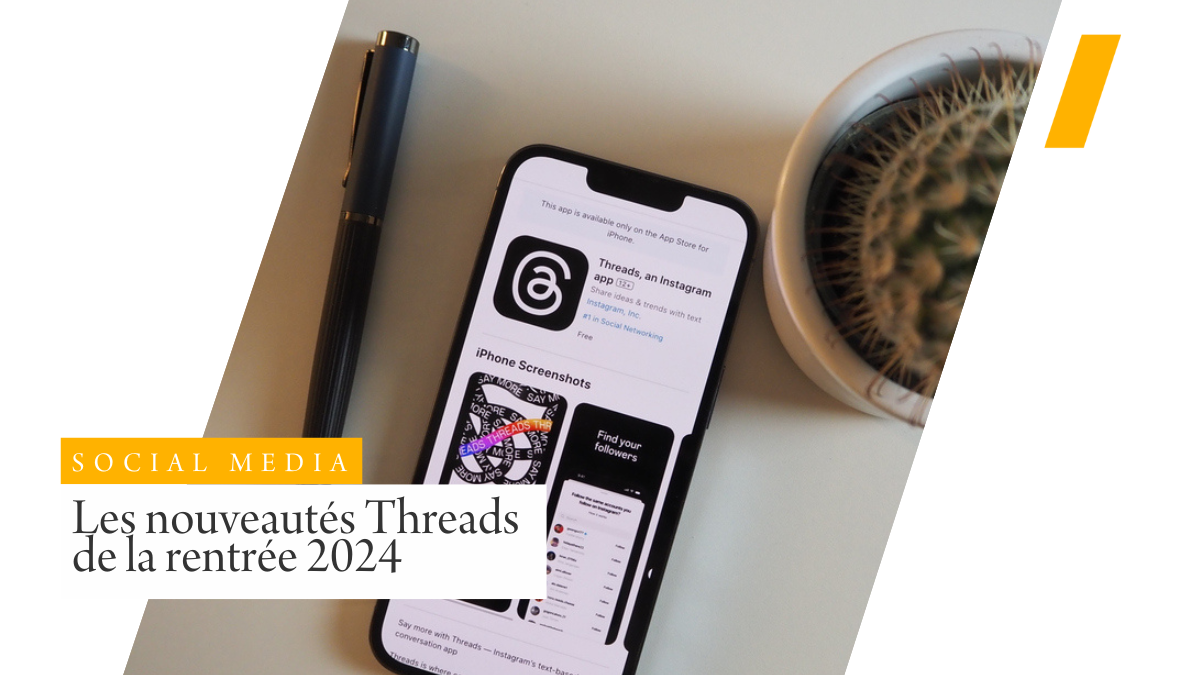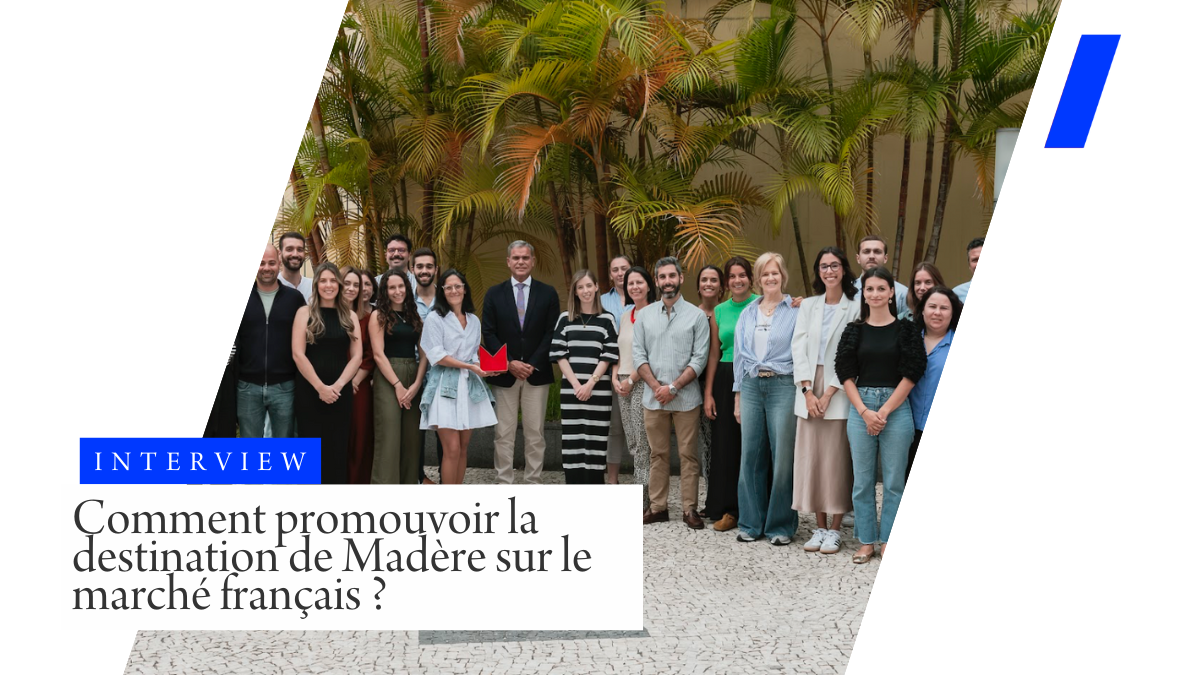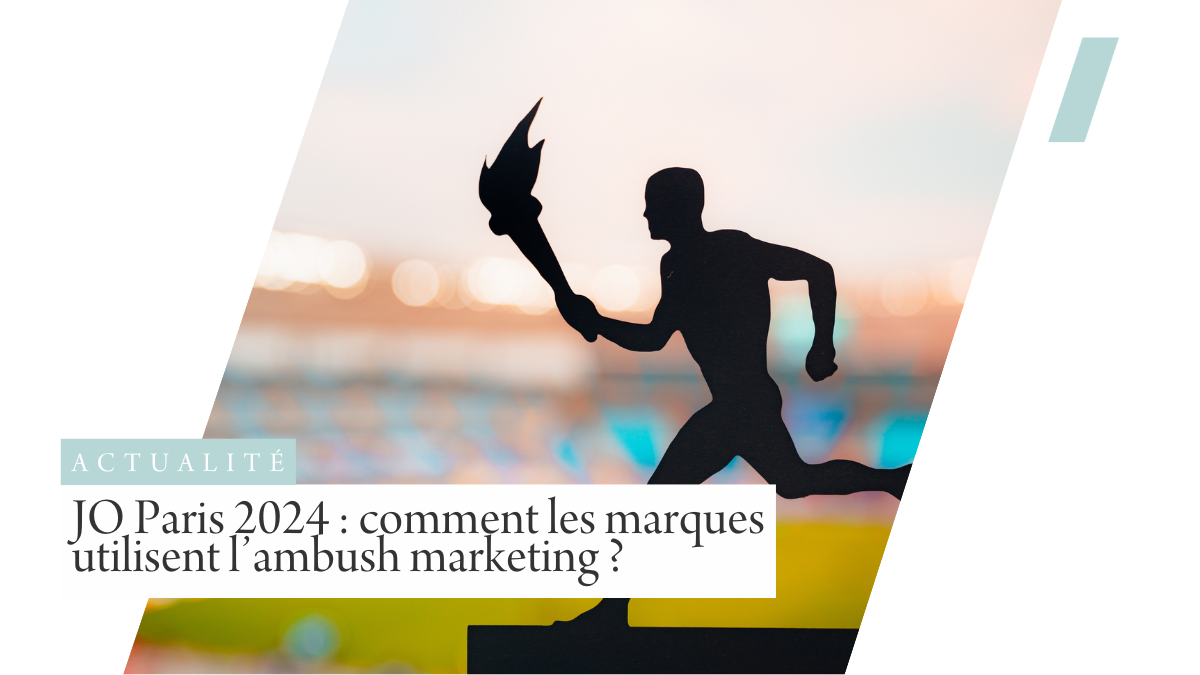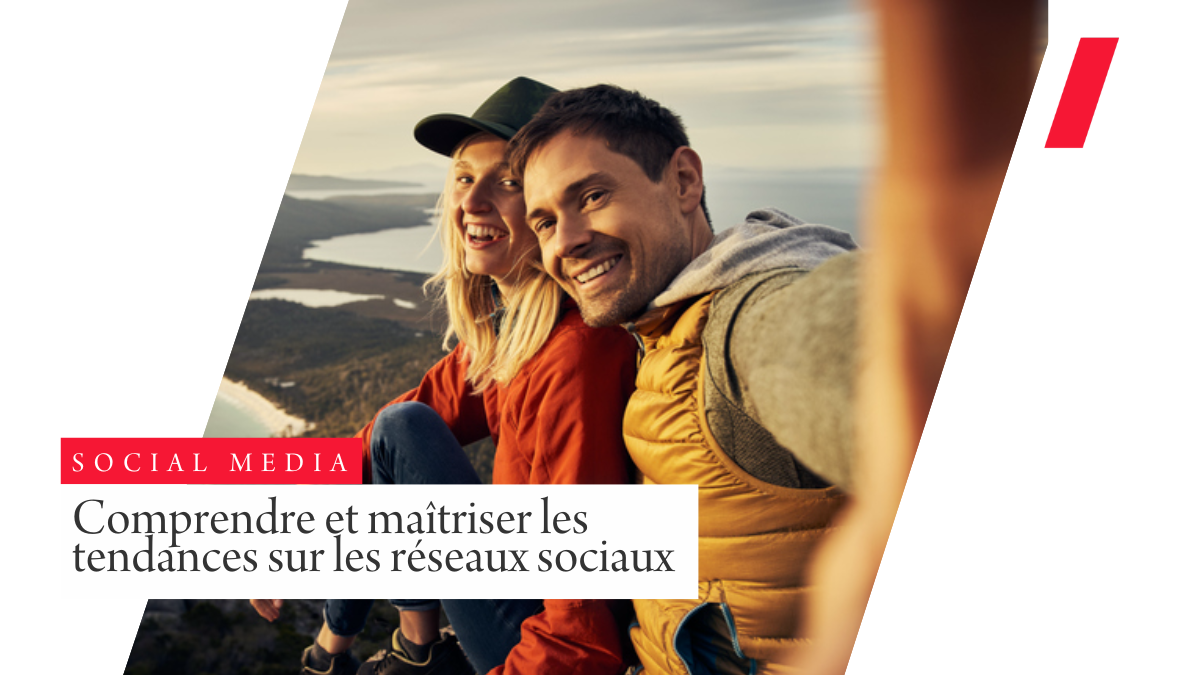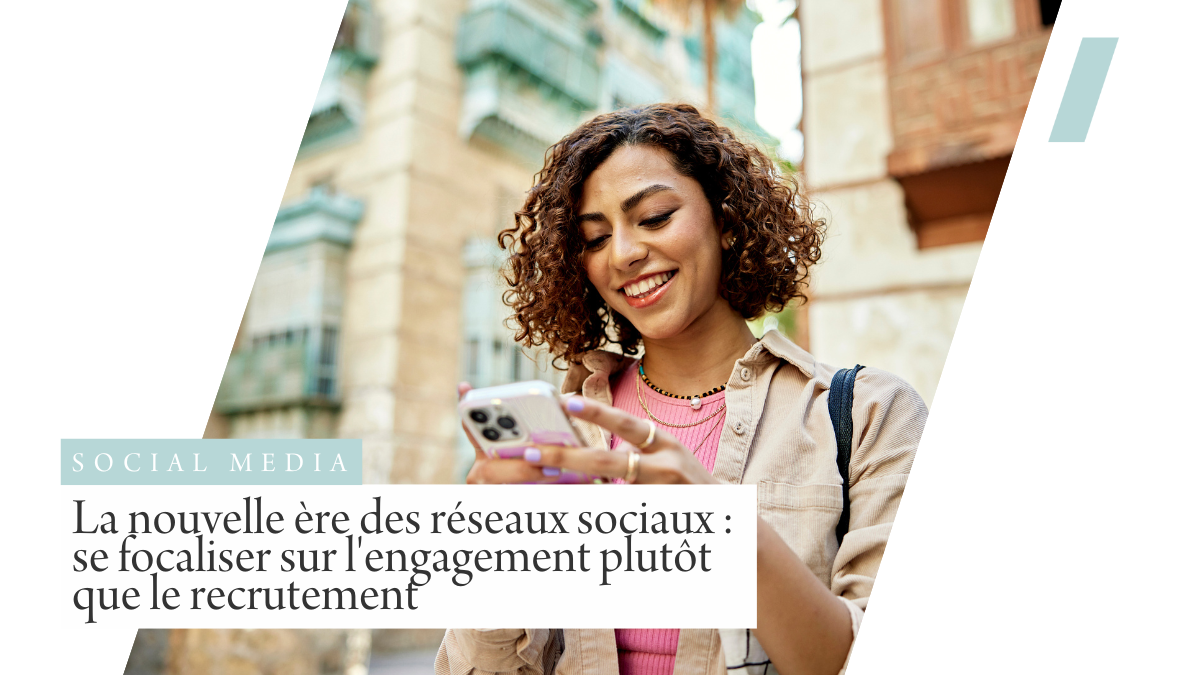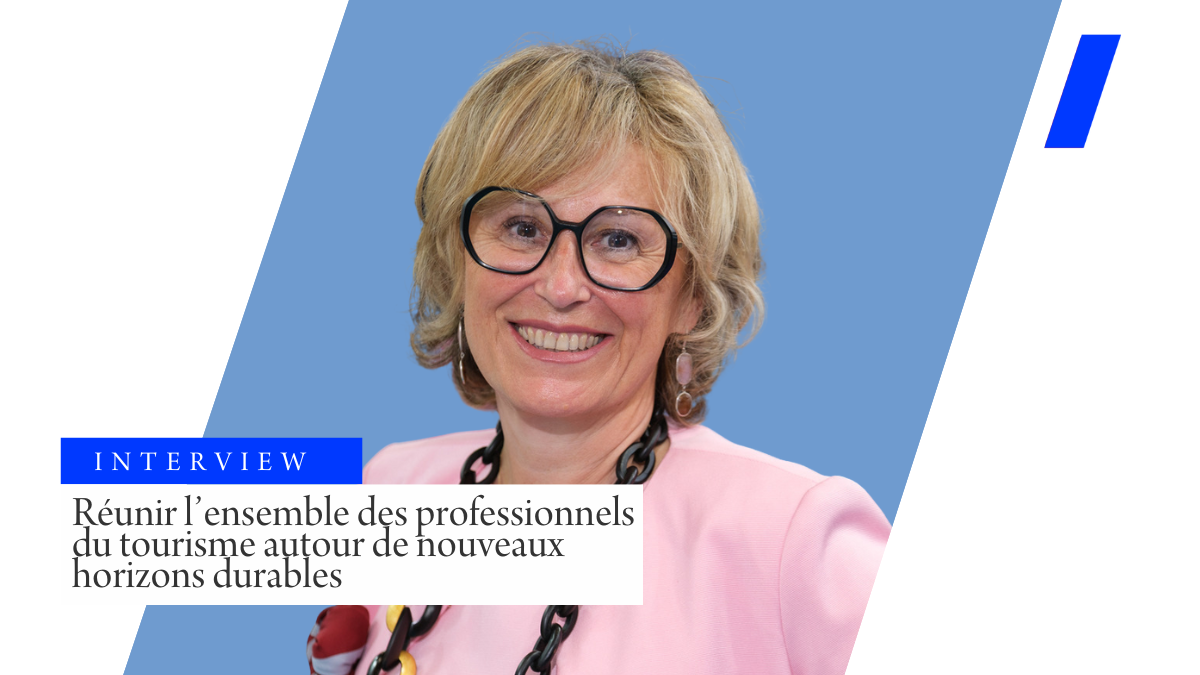Influencer marketing is now a powerful and indispensable lever in the tourism industry.
Numerous players have set up collaborations with influencers with the aim of developing their visibility and brand awareness, and promoting products, services or activities through the creation of content (photos, videos, blog articles…) generally aimed at B2C customers.
These types of operations have already proved successful for several brands.
But have you ever thought of integrating B2B influencer marketing on Linkedin into your digital strategy?
We’ll show you why this type of marketing is starting to emerge, and what’s in it for you.
A reminder of what an influencer is
An influencer is someone who has an engaged community on their social networks and a reputation across the web.
They are personalities who share their vision and travel experiences, usually through blog posts, photos or videos.
Calling on an influencer provides a good return on investment, and improves brand image with consumers following content creation and SEO operations.
The collaborating player can reach the influencer’s community directly and promote its offers, products or services.
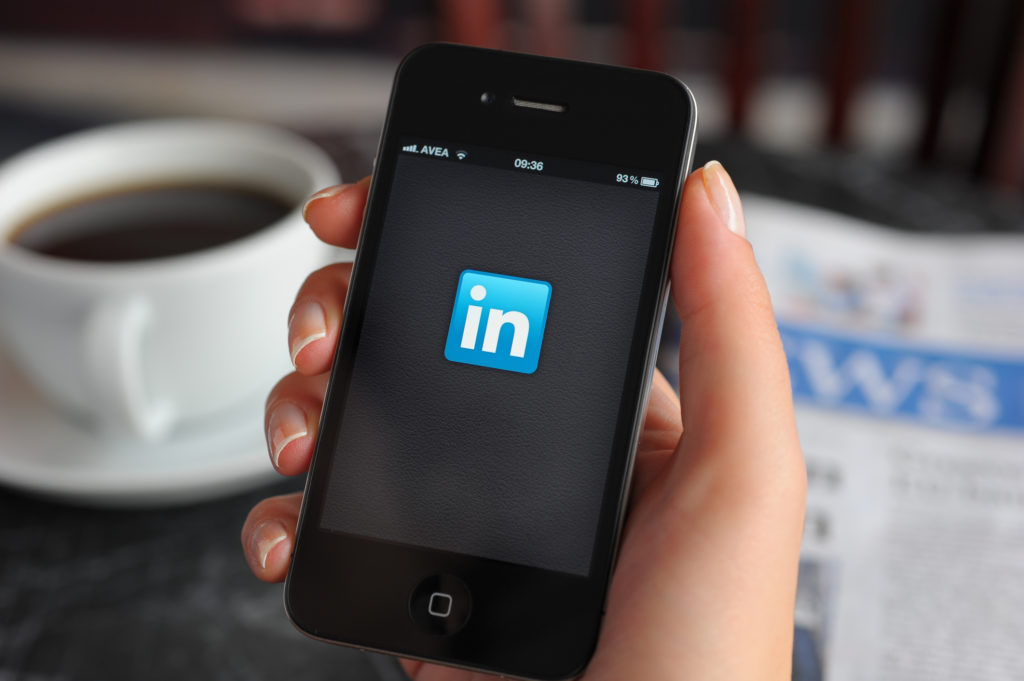
The importance of Linkedin
Created in 2003 and owned by Microsoft, Linkedin is the social network for the business world, so it’s essential for a brand to be present on this network today, and to have a company page.
In France, there are 14 million users, i.e. half of all active people.
A figure that underlines the importance of this network.
On Linkedin, you can propose content aimed at professionals through testimonials, articles, interviews, webinars… The main objective of this tool is to create a professional network and attract people to your page.
B2B marketing objectives
Thanks to Linkedin, it’s now possible to set up B2B influencer operations.
By choosing influencers who are experts in your field, it’s easier for decision-makers in the sector to trust your brand and take a greater interest in it.
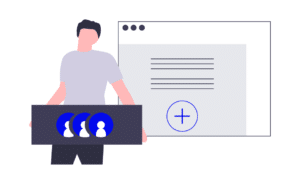 It’s also a great way to pass on information and increase your visibility among professionals.
It’s also a great way to pass on information and increase your visibility among professionals.
Linkedin will enable you to promote your business to a community of professionals in your sector, as well as finding potential customers.
Through this network, you’ll be able to showcase your expertise, skills and employer brand.
It’s also where you can promote your brand, your team and your branding activity. Collaborating with an influencer on this network will bring real added value to your content.
You’ll benefit from the influencer’s strengths: a large audience, community involvement and creativity.
You can also improve your website’s SEO by sharing articles, but you can also include keywords and links to your website in published content.
The stages of your collaboration project :
1 – Identify the influencer
This step is crucial to the successful implementation of your influencer operation, so that you can reap the full benefits.
Of course, the influencer must correspond to your values and target audience, but he or she must also be present on Linkedin and have a well-developed, committed community on the network.
2 – Creating a concept
There are many different types of operation to be carried out, from sharing a blog article or video on Linkedin, to co-hosting a webinar, conducting an interview or answering questions about the brand.
3 – Use ads
As with Facebook, it is possible to create ads on Linkedin (sponsored posts, inMail, or CPC or CPM ads).
4 – Analyze the spin-offs and impact of the operation.
The impact of your Linkedin campaign
Finally, to measure the effectiveness of your B2B marketing operation, you need to set SMART objectives and KPIs.
We can talk about the following KPIs: Impressions, engagement rate, reaction/share rate, number of subscribers, traffic to the website… As on Facebook, Instagram or Twitter, your statistical data is directly accessible on the social network.
This analysis will show you what worked and what didn’t, so you can optimize your future B2B influence operations.
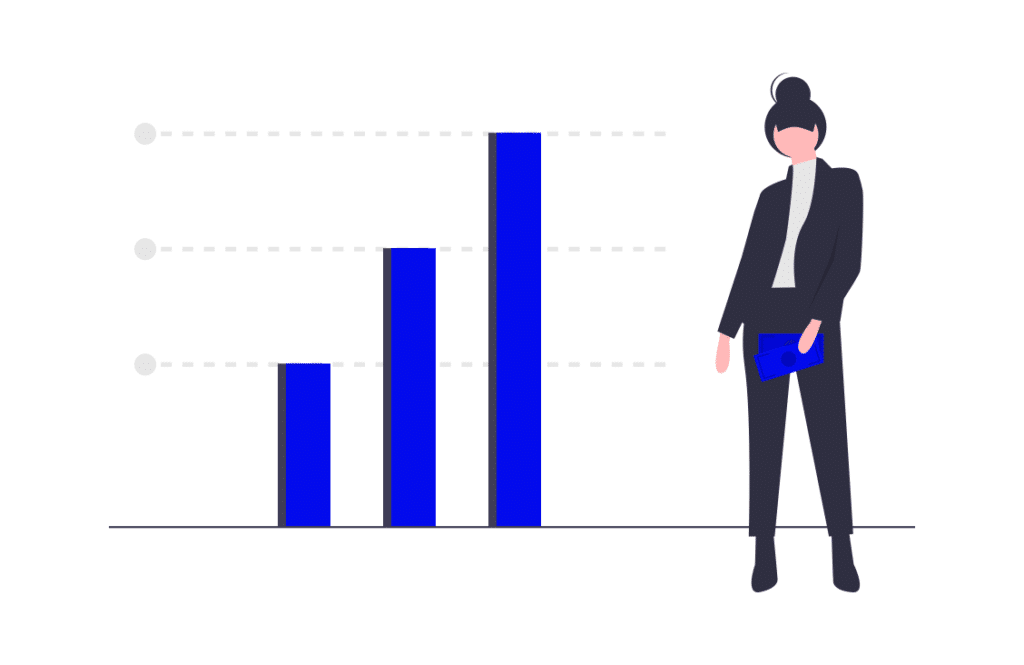
Not yet widely applied, Linkedin and influencer marketing represent great opportunities for the tourism sector.
Thanks to B2B influencer marketing, your digital marketing strategy will be complete and effective, and your brand awareness will increase considerably among professionals in the tourism sector.
To support this article, we interviewed Bruno Maltor, a travel influencer who needs no introduction.
Indeed, he is very present on Instagram, Youtube, Facebook, his blog but also on Linkedin, where he has a community of 71,761 subscribers.
Bruno Maltor interview on Linkedin
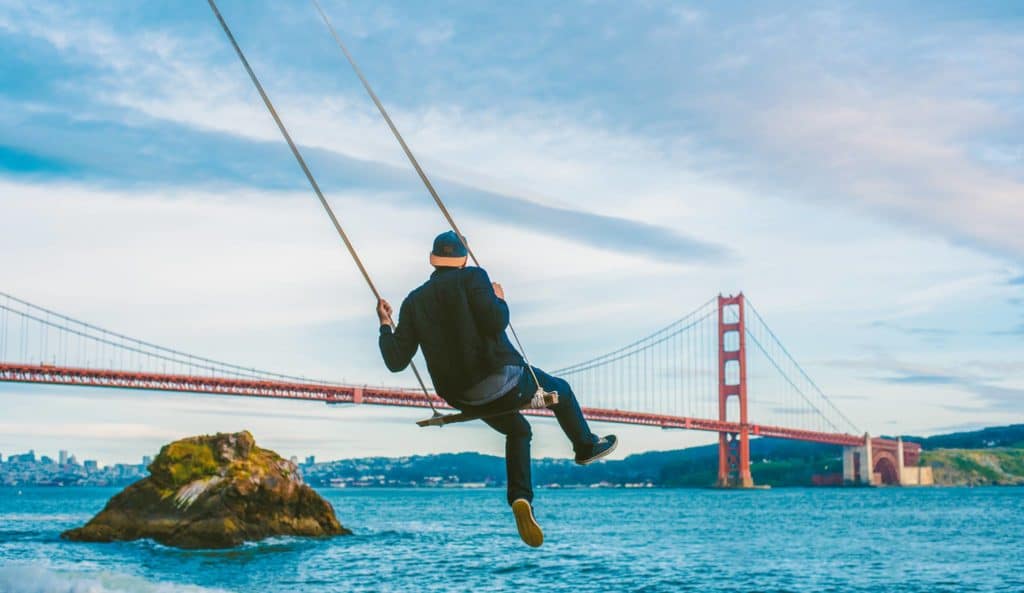
1 – Why did you start developing your Linkedin account?
I created my account because Linkedin is a key network and a lot of professionals use it.
It was a social network that wasn’t widely used when I started out.
It’s also seen as uninteresting for brands, influencers, etc… I thought there was something interesting to do on this underestimated social network and that there was also room to create atypical and adapted content to interest professionals.
2 – What do you bring to this network for travel industry professionals?
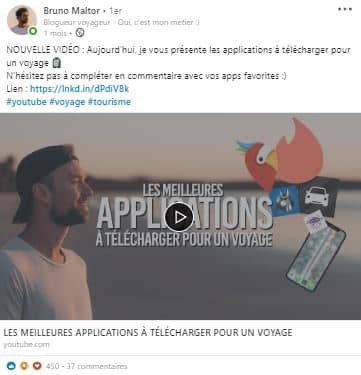 I try to share news that corresponds to my world as a travel influencer, but also to share information on the impact of Instagram on Tourism.
I try to share news that corresponds to my world as a travel influencer, but also to share information on the impact of Instagram on Tourism.
And information that professionals might have missed, because it’s hard to keep an eye on all the tourism and travel news sites.
I’m also here to share relevant tourism information with tourism boards and travel brands, because I’m in a sector – influence – that gets talked about a lot, and I think my expertise in influence may be of interest to some.
3 – How can you stand out from the competition on Linkedin?
As with all other networks, by being creative.
I try to share content that is really adapted to Linkedin.
When I share a Youtube video, I don’t put the same message on Linkedin as on Youtube in order to relay the video.
I share photos, but not with the same text as I use on Instagram… Always adapt to the network you’re publishing on and try to do things that haven’t yet been seen on Linkedin.
4 – Have any brands ever asked you to create content on Linkedin?
Yes, but usually it’s as part of a global collaboration.
I’m asked to do posts on Instagram, on Facebook but also on Linkedin.
Because today, I have over 70,000 people following me with better engagement than on my Facebook page where I have over 200,000 fans.
What’s really interesting is that brands and tourist offices are only just beginning to realize the value of Linkedin, while the target audience is super interesting because they’re generally over 25 and have the means to make purchases.
I think that Linkedin is still too underestimated by brands and Tourism Offices, but that it will grow in 2020.
